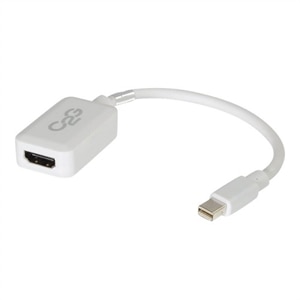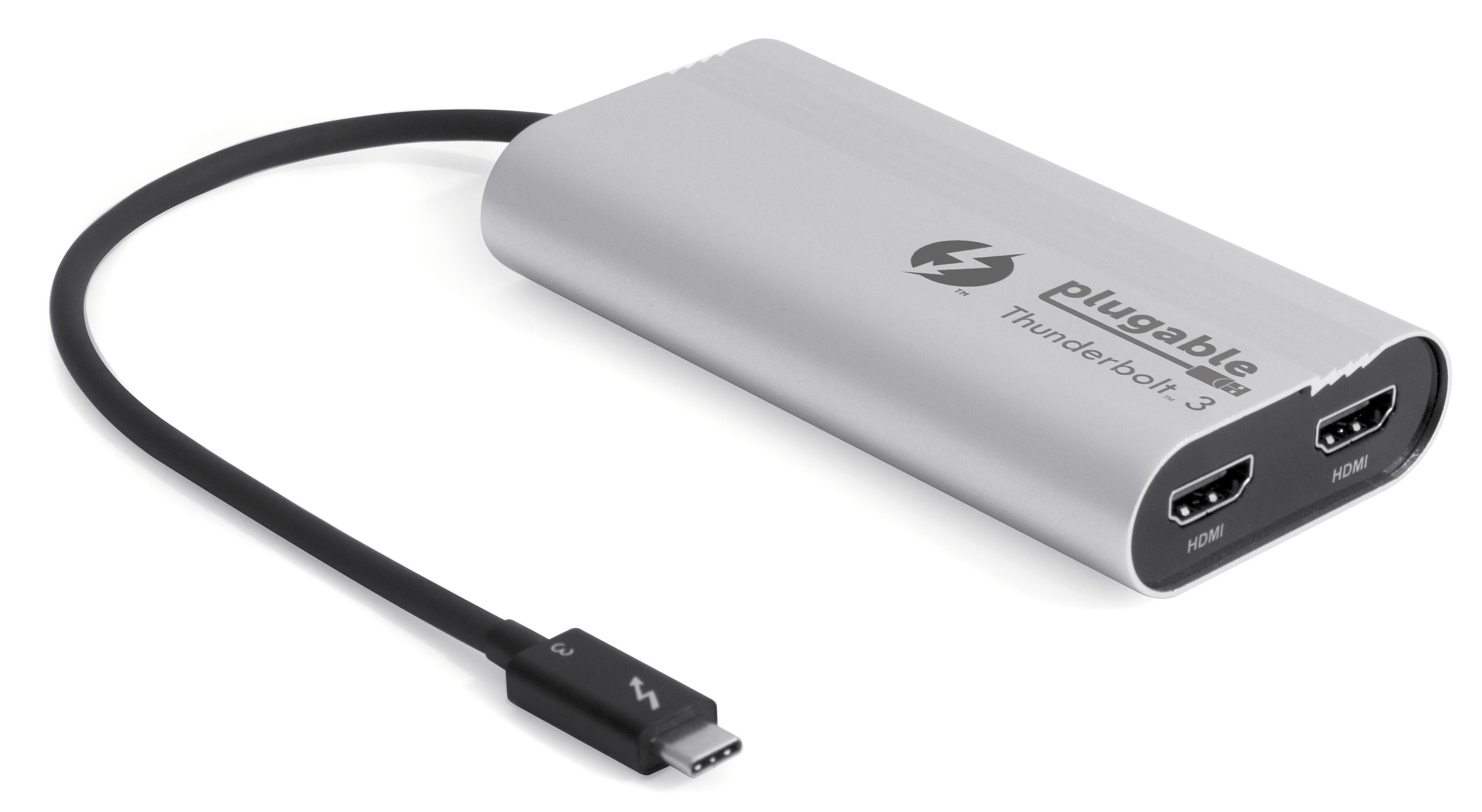

It gives a lot of power to incumbent standards such as USB and HDMI that have caught on widely.

Often with input-output (I/O, as it's called in the trade), peripheral makers wait for support in computers, but computer makers wait for peripherals to justify the added expense. Getting new input-output technologies to catch on is particularly hard because I/O standards only succeed with support from both ends of the communication link. Tomorrow, another challenger could arrive in the form of PCI Express Cable, and it's got a strong ally in PC giant Hewlett-Packard. Today, those are chiefly USB (Universal Serial Bus) and HDMI (High-Definition Multimedia Interface. To match Intel's mainstream ambitions for Thunderbolt, though, Intel will have to prove to hardware designers and to consumers that it's got compelling advantages over the alternatives. Intel believes Thunderbolt will remake mobile computing by endowing laptops with a high-speed, versatile port. USB 3.0 can't match Thunderbolt for speed, but it'll be ubiquitous, and it's a huge step up from USB 2.0. One of Thunderbolt's strongest competitors is the faster new USB 3.0, which isn't on this 2011 MacBook Air but which now is standard on new 2012 Macs.


 0 kommentar(er)
0 kommentar(er)
